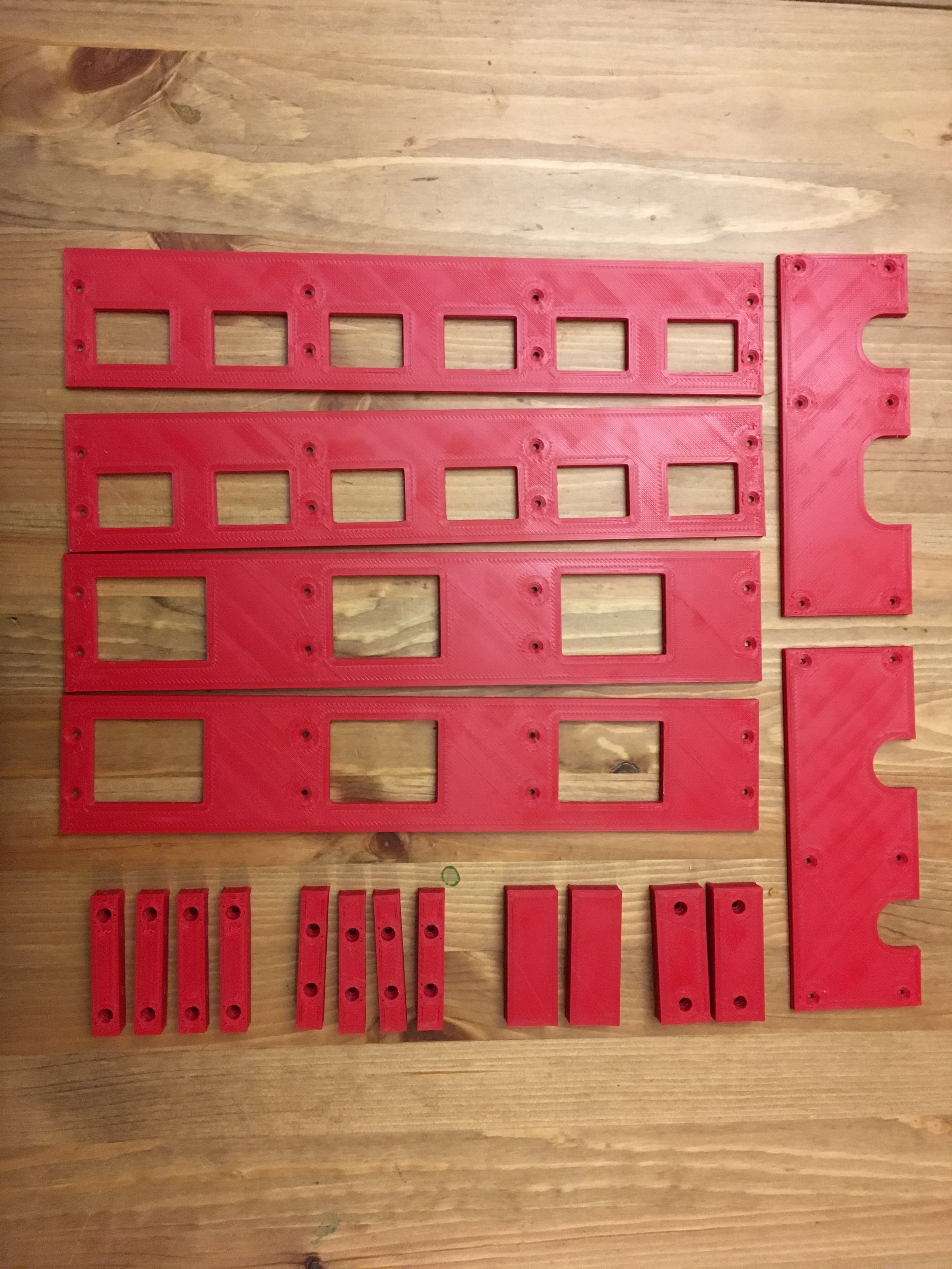Choosing a Material for 3D Printing
So…whats the best material for 3D printing? If it were that simple, we would only offer one option! However, when 3D printing your model, the ideal material depends on a variety of factors. It's easy enough to look up material properties, but there is more to the story than that. Each of the materials we provide have a unique character when 3D printing beyond just the specification sheet. We'll cover some of the basics in this post to give you an idea what to think about.
This post takes a closer look at the most common materials used for FFF (Fused Filament Fabrication) 3D printing:
PLA
ABS
PETG
What Do They Look Like?
PETG: very glossy
Most color options for PETG are slightly translucent, however black and white PETG are fully opaque.
PLA: somewhat glossy
PLA is typically fully opaque like this print, but many colors are available in both opaque and translucent options.
ABS: not glossy
ABS is always opaque, with the exception of clear filament.
What About Model Geometry?
PLA: Ideal for Small Details
PLA is the most versatile material when it comes to complex geometry. It excels when printing thin features and can handle very extreme overhangs, often up to 80 degrees, when printed with a part cooling fan (all our printers use one).
PLA also does well with larger overhangs using support material, since the support material can be removed cleanly, such as the arms in this print.
ABS: Easiest To Post-Process
For models that need a smooth finish, ABS is the best material for post-processing since it is the easiest to sand like this print, and can also be smoothed using an acetone vapor treatment.
PETG: Unrivaled Layer Adhesion
PETG is great for thin walled objects such as vases. PETG layers will not separate even with very thin walls.
Which is Strongest?
The answer to this question really depends on the use case. How are forces being applied to your model? If the model is being pulled (tensile force), than PETG is the strongest, though all the materials are fairly similar. However if the force is trying to bend the model (flexural force), then ABS is the strongest due to its superior ductility.
Strength by the Numbers
Data from https://www.makeitfrom.com/
Keep in mind that other settings, such as the number of outer shells, the infill, and even the orientation the model is printed in have a significant impact on the strength of a model.
Print Settings Also Impact Part Strength.
The sample on the left (4 outer shells and 50% infill) is much stronger than the sample on the right (2 shells and 25% infill), regardless of material selection.
Does the model need to withstand high temperatures? PLA has a glass transition temperature of 140°F, but it will actually start to deform as low as 115°F. PLA prints can become permanently deformed just from being left in the car on a summer day (which has never ever happened to me personally, of course).
Glass Transition Temperatures (°F)
Data from https://www.makeitfrom.com/
Do They Cost The Same?
When ordering a print from 3DPros, PLA is the most affordable option, because it can be printed fairly fast, and the filament itself is inexpensive.
ABS is about 20% more expensive than PLA mostly because it is a more difficult material to work with due to delamination and warping. Because the failure rate is higher, ABS requires additional time and material for reprints, on average.
PETG is around the same cost as ABS, because it must be printed slower, and the base filament is more expensive than either PLA or ABS.
You can get a better idea of the pricing differences for your particular model using our instant quote tool, which provides instant feedback on pricing for all material options.
I'm still Not Sure What to Choose!
No worries! We will be happy to work with you on choosing a material based on the specific needs of your project. With hundreds of prints under our belts, we have a good feeling for which material will work best for a variety of applications. If you already have a model, create a quote and we'll get back with you to answer any questions, or use the button below to contact us.







